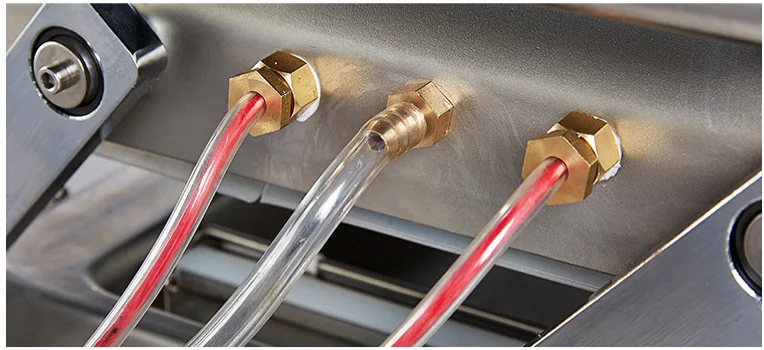An Overview of Cage Systems for Raising Efficient and Productive Egg-Laying Chickens
Aug . 06, 2024 12:11 Back to list
An Overview of Cage Systems for Raising Efficient and Productive Egg-Laying Chickens
The Importance of Cage Systems for Chicken Layers
The poultry industry plays a vital role in global food production, and chicken layers, in particular, are central to providing eggs for consumption. As the demand for eggs continues to rise, maximizing efficiency and ensuring the health of the birds have become paramount concerns for farmers. One effective solution that has been adopted by many poultry producers is the implementation of cage systems for chicken layers.
Cage systems offer various advantages that contribute to the welfare of the hens while also enhancing productivity. Firstly, these systems provide a controlled environment, which is crucial for maintaining the health of the flock. By keeping the hens in cages, farmers can better regulate factors such as temperature, ventilation, and light intensity. This controlled environment helps reduce stress among the chickens, lowering the likelihood of illnesses that can negatively affect egg production.
The Importance of Cage Systems for Chicken Layers
The welfare of chickens in cage systems has often been a point of contention among animal rights advocates. However, modern cage systems have evolved significantly. Enriched cages, for instance, provide enough space for the hens to move around comfortably, stretch their wings, and engage in natural behaviors like nesting and perching. These enriched environments address many concerns about animal welfare while still allowing farmers to achieve high productivity levels.
chicken layers cage

From an economic standpoint, cage systems also offer several benefits. The high-density housing of hens allows for more efficient use of space and resources. With a greater number of hens housed in a smaller area, farmers can maximize their production output. Furthermore, the reduced incidence of disease translates into lower veterinary costs and higher profitability. Given the increasingly competitive nature of the egg production industry, these economic advantages are crucial for farmers aiming to sustain their operations.
In addition to these benefits, cage systems play an important role in food safety. Given that eggs are a significant source of protein for millions of people worldwide, ensuring their safety is paramount. Cages minimize the risk of contamination, as hens are less exposed to pathogens that may be present in a free-range environment. The controlled conditions of cage systems also pave the way for more rigorous biosecurity measures, thereby further protecting the health of the chickens and, ultimately, the consumers who rely on their eggs.
Nevertheless, it is essential that farmers remain sensitive to the ongoing debates regarding animal welfare. Continuous improvements in housing conditions, adherence to welfare standards, and transparency in farming practices are necessary to ensure that the needs of both the animals and the market are met. The poultry industry must strive for a balance between productivity and humane treatment of the animals.
In conclusion, cage systems for chicken layers represent a modern approach to addressing the challenges of egg production. By providing a controlled, hygienic environment while maximizing productivity and ensuring food safety, these systems are essential in meeting the increasing global demand for eggs. As advancements in farming practices continue, it is crucial for the poultry industry to prioritize both efficiency and the welfare of the hens, fostering a sustainable future for egg production.
-
Hot Sale 24 & 18 Door Rabbit Cages - Premium Breeding Solutions
NewsJul.25,2025
-
Automatic Feeding Line System Pan Feeder Nipple Drinker - Anping County Yize Metal Products Co., Ltd.
NewsJul.21,2025
-
Automatic Feeding Line System Pan Feeder Nipple Drinker - Anping County Yize Metal Products Co., Ltd.
NewsJul.21,2025
-
Automatic Feeding Line System - Anping Yize | Precision & Nipple
NewsJul.21,2025
-
Automatic Feeding Line System - Anping Yize | Precision & Nipple
NewsJul.21,2025
-
Automatic Feeding Line System-Anping County Yize Metal Products Co., Ltd.|Efficient Feed Distribution&Customized Animal Farming Solutions
NewsJul.21,2025






